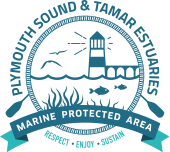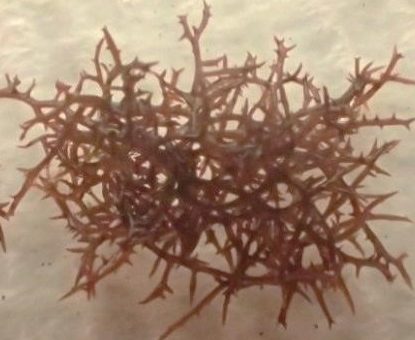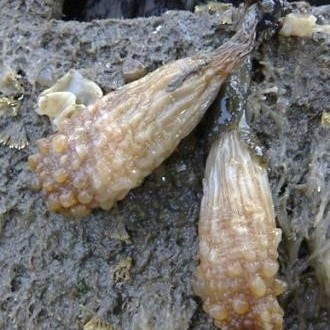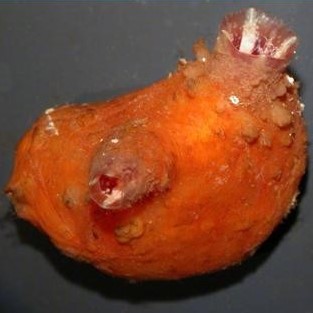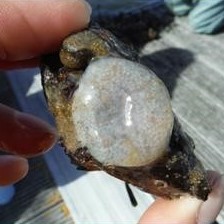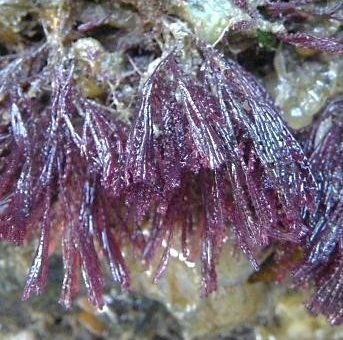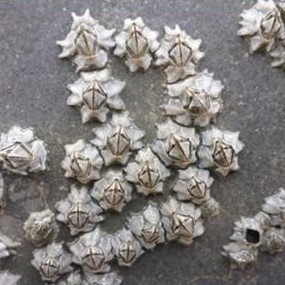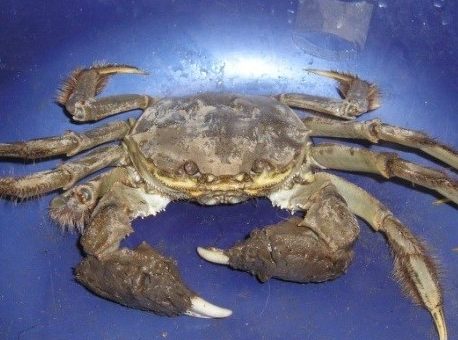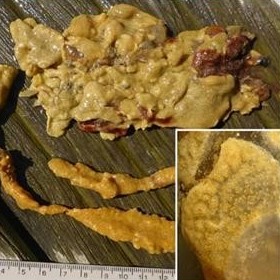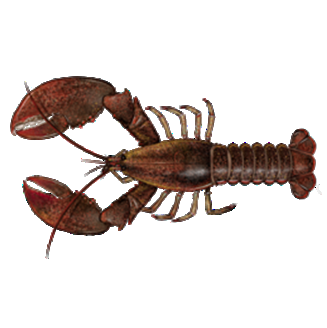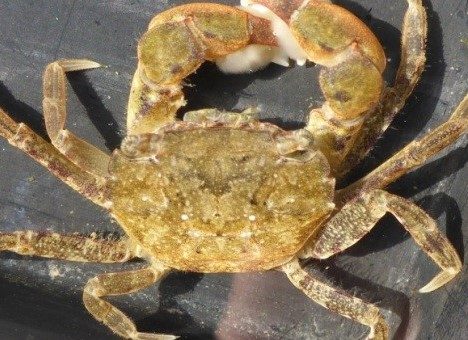- Posted by Beth Siddons
- On April 23, 2018
- 0 Comments
Pom-pom weed (Caulacanthus okamurae) Pom-pom weed is a small red seaweed forming dense springy tangled clumps. Native to Asia it was first recorded in the UK in 2004 on the S coast. It has distinctive short incurved thorn-like forked side branches. It is very common on the mid and low shore in the Tamar Estuaries […]
Read More
- Posted by Beth Siddons
- On April 23, 2018
- 0 Comments
Leathery sea squirt (Styela clava) The leathery sea squirt is a large solitary sea squirt widespread in the UK, indigenous to the NW Pacific and was first recorded in the UK in Plymouth in 1953, possibly introduced on the hulls of war ships returning from the Korean War. It attaches by a small flat holdfast […]
Read More
- Posted by Beth Siddons
- On April 23, 2018
- 0 Comments
Compass sea squirt (Asterocarpa humilis) The compass sea squirt is a solitary ascidian native to the S Hemisphere. First recorded in the UK in 2009 in SW England it is spreading rapidly around the UK. It is orange-red with a tough outer tunic, can be up to 4cm across and has distinctive compass-like markings around […]
Read More
- Posted by Beth Siddons
- On April 23, 2018
- 0 Comments
Aplidium cf. glabrum This colonial ascidian is similar in zooidal morphology to the native Aplidium glabrum, but is found in warmer waters than are typical of the native species. Its origin and identity are unknown but it is widespread in the UK and throughout Europe. It is a threat to biodiversity and aquaculture through smothering, […]
Read More
- Posted by Beth Siddons
- On April 23, 2018
- 0 Comments
Ruby bryozoan (Bugula neritina) The Ruby bryozoan is purple or golden-brown and forms erect, bushy growths up to 8cm long. It was first recorded in c.1911 but by the late 1990s was thought to be no longer present, a rapid recolonization has since occurred and it is now widespread in the UK. An abundant fouling […]
Read More
- Posted by Beth Siddons
- On April 23, 2018
- 0 Comments
Darwin’s barnacle (Austrominius modestus) Native to Australasia, Darwin’s barnacle has probably been present in the UK since 1946. It attaches to a variety of surfaces including rocks, stones, hard-shelled animals and artificial structures including ships, and tolerates a wider range of salinity and turbidity than native species. This is a fast growing species that is […]
Read More
- Posted by Beth Siddons
- On April 23, 2018
- 0 Comments
Chinese mitten crab (Eriocheir sinensis) First introduced to the Thames Estuary in 1935, the Chinese mitten crab is now established in several sites throughout England and Wales. Juveniles occur in lower estuaries and marine habitats. Adults migrate into deep, open, saltwater locations to reproduce. This species can impact marine and freshwater ecosystems and is a […]
Read More
- Posted by Beth Siddons
- On April 23, 2018
- 0 Comments
Carpet sea squirt (Didemnum vexillum) Carpet sea squirt was first recorded in 2008 in Holyhead and has now been recorded at a number of locations in the UK. In the Tamar Estuaries area small colonies have been found on two occasions in a Plymouth marina, these were removed and it is currently believed to be […]
Read More
- Posted by Beth Siddons
- On April 23, 2018
- 0 Comments
American lobster (Homarus americanus) American lobsters are native to the E coast of N America and Canada, but have been imported live into Europe for several decades resulting in their escape into the wild. The American lobster was first recorded in the UK in 1988. The most recent records from nearby are from Brixham and […]
Read More
- Posted by Beth Siddons
- On April 23, 2018
- 0 Comments
Asian shore crab (Hemigrapsus sanguineus and H. takanoi) Native to the NW Pacific, both species of Asian shore crab were first identified in the UK in 2014 (although it is now known that H. takanoi was already present in 2013). They are small squarish shaped crabs with three ‘teeth’ on either side of well-spaced eyes. […]
Read More
